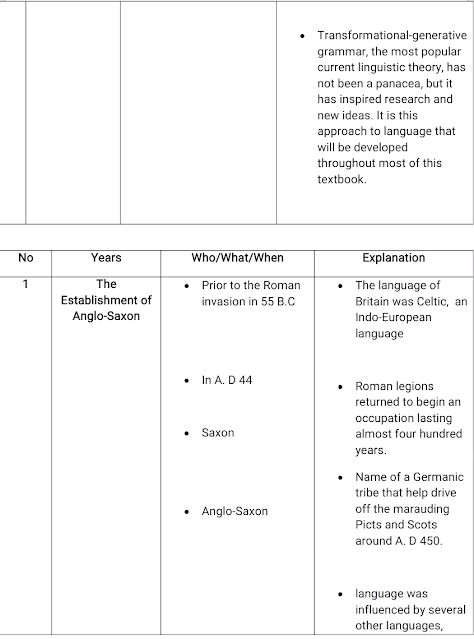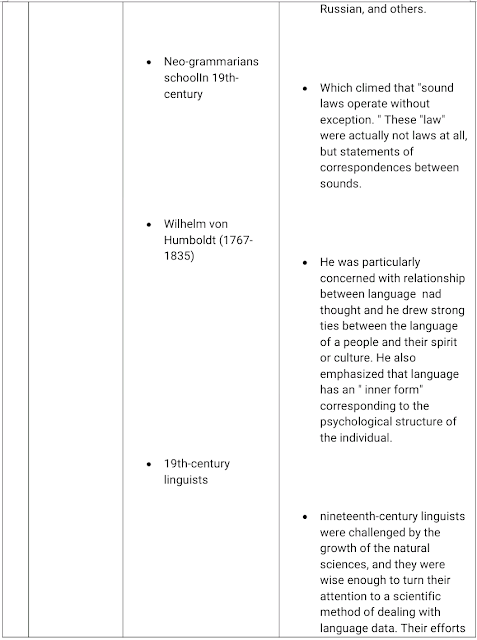Phonetics
Defining phonetics
Phonetics is the study of making and hearing speech sounds, and the linguists who work on phonetics are called phoneticians. The word phonetics is from the ancient Greek word phonē, which means 'sound' or 'to speak'. Individual speech sounds, like [b] or [k], are called phones. The linguistic term phone is only distantly related to telephone.
B. Organs of speech
1. You force air out of your lungs and up through your throat.
You send air between your two vocal folds (also known as vocal cords) in your larynx located at the bottom of your throat. Depending on the position of the vocal folds relative to each other, this airflow may cause the vocal folds to vibrate and produce sounds.
2. You use your tongue, lips, and jaw to shape the airflow as it passes through your vocal tract. Your vocal tract stretches from your larynx to your lips and sometimes to your nose.
C. Consonant
Consonants are sound produced with a constriction or occlusion in the oral cavity. In order to say a consonant, you have to make three choices along the way
1. Choose one of the five main manners of articulation for a consonant: stop, fricative, nasal, approximant, or affricate.
2. Choose one of the six main places of articulation: bilabial, interdental, labiodental, alveolar, palatal, or velar.
3. Choose vocal fold vibration (voiced) or no vocal fold vibration (voiceless).
D. Vowel
Vowels are voiced continuously sounds involving no interruptions in the flow of air through the oral cavity. Before ultrasound and other imaging tools provided easy viewing of the tongue during speech, phoneticians described vowels in terms of the position of the tongue its relative height and backness in the mouth-and its rigidity or tension:
1. Relative backless of the tongue in the mouth. There are three basic tongue positions: You push your tongue to the front of your mouth, you leave it in the middle, or you push it to the back.
2. Relative height of the tongue in the mouth. There are three basic positions: Your tongue is high, in the middle, or low in your mouth.
3. Relative rigidity of the tongue muscles. There are two basic states: Your tongue is rigid (tense) or relaxed (lax). Figuring out whether your tongue is tense or lax is not so obvious. If you need to know whether a vowel is tense or lax, check if that vowel can end a word. In English, only tense vowels can end a word. This is about as good a definition of what tense means as any. The actual definition of tenseness depends on things like the sound-wave frequencies and the position and shape of the root of the tongue.
E. Distinctive Features
So far we have discussed how sounds are produced, but little or no phonetic theory has been involved. Sounds can be classified in a variety of ways to suit a variety of theoretical pursuits. A features is ideally a binary attribute;that is, a
 |
phonetic aspect that is either present or absent in a specific sound.
F. Stress
Pitch, length, and loudness are components of stress. The basic unit containing stress is the syllable. A syllable generally consists of a vowel accompanied by one or more consonants, and the most common syllable form in English is a consonant plus a vowel. In English, native speakers generally recognize at least three levels of stress: primary, secondary, and unstressed.
G. Intonation
The other major supra segmental is intonation, which in English is described as a rising or falling pitch over a group of words. Intonation alone does not normally distinguish between any two words in English. However, it does serve to distinguish among sentences.


























